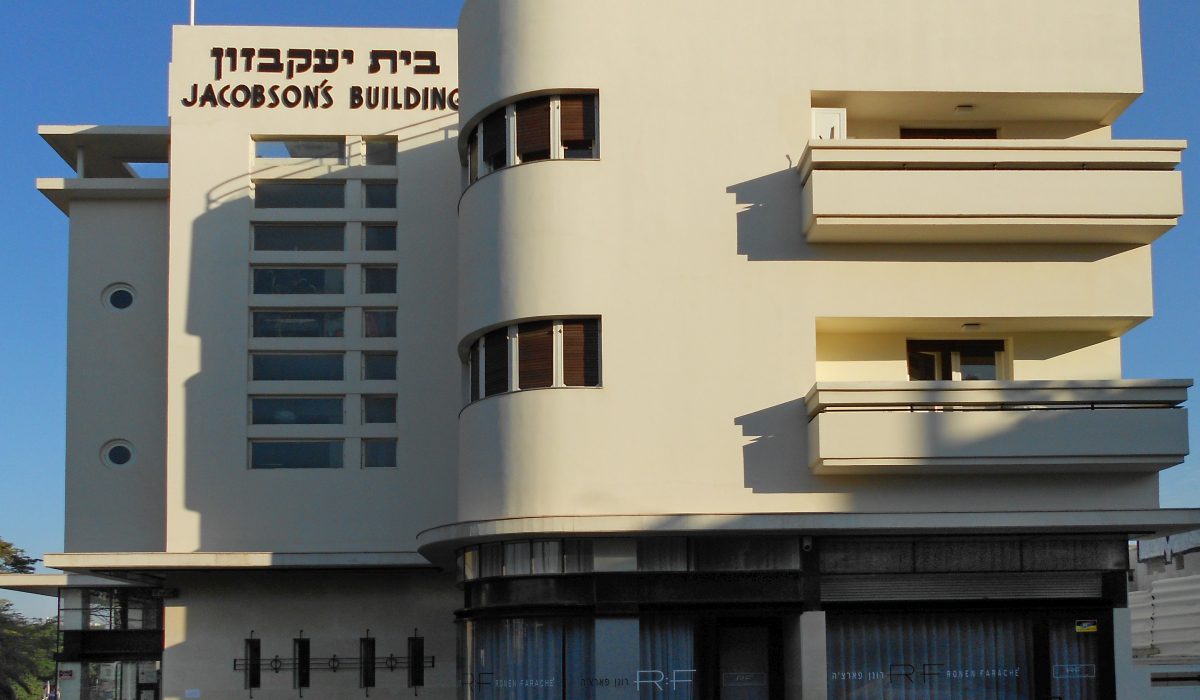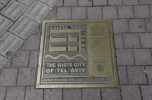The Birth of a City in the Age of Bauhaus
The White City of Tel-Aviv
Text: Melinda Bognár
Photos: Bauhaus Center, Tel-Aviv
The White City, a famous quarter of Tel-Aviv was created by its designers in the early 1900s after the theories of Bauhaus. As of today, this is the place where the largest number of Bauhaus structures have been preserved on one and the same site: there is more than 4,000 of them. The district is also one of the most significant heritage site of classic Modernist architecture: it commemorates the foundation of the city back in 1909, the several waves of alija (the immigration of the Jews into Israel), as well as the Zionist movement, which harmonizes with the activities of the German Bauhaus school. The new spirit of the Bauhaus active between 1919 and 1933 as well as its novelty programme enriched the era with excellent artists and architects. Its education and training of architecture launched in 1927 was also unique. After its ban in 1933, its spirit survived, and its students spread the knowledge they acquired all round the world. When in 1933 the headquarters in Weimar and Dessau ceased to exist, and also the one based in Berlin started to decay, the tendency of anti-Semitism was clearly felt in Europe. As a result, a large number of Jews went to settle down in Israel in a brand new city named Tel-Aviv. Its name originates from the utopian novel by Theodor Herzl titled Alteneueland (meaning an ancient new country) and means „the Hill of Spring”. The new district of Achusat Bajit was founded north of the port of Jaffa in April 1909. A year later it was already known as Tel-Aviv. The evolution of the eclectic core was followed by a significant growth and development of the new city in the 1930s. Educated and trained in the spirit of the Bauhaus, architects settling down in Tel-Aviv played a key role in the development of the city. The modern style has evolved into a form of expression of the new life and lifestyle here.





